The near infrared-imaging market is currently characterized by a dynamic competitive landscape, driven by technological advancements and increasing applications across various sectors, including healthcare, agriculture, and environmental monitoring. Key players such as Hamamatsu Photonics (Japan), NIRx Medical Technologies (US), and Bruker Corporation (US) are strategically positioning themselves through innovation and regional expansion. For instance, Hamamatsu Photonics (Japan) focuses on enhancing its product portfolio with cutting-edge imaging technologies, while NIRx Medical Technologies (US) emphasizes partnerships with healthcare institutions to broaden its market reach. Collectively, these strategies contribute to a competitive environment that is both fragmented and rapidly evolving, as companies strive to differentiate themselves through technological superiority and customer-centric solutions.
In terms of business tactics, companies are increasingly localizing manufacturing and optimizing supply chains to enhance operational efficiency. The market structure appears moderately fragmented, with several players vying for market share. This fragmentation is indicative of a landscape where innovation and customer service are paramount, as companies seek to establish a foothold in a growing market. The collective influence of these key players shapes the competitive dynamics, as they leverage their strengths to capture emerging opportunities.
In October 2025, Bruker Corporation (US) announced the launch of a new line of near infrared imaging systems designed specifically for agricultural applications. This strategic move is significant as it not only diversifies Bruker's product offerings but also aligns with the increasing demand for precision agriculture solutions. By targeting this niche market, Bruker positions itself to capitalize on the growing trend of sustainable farming practices, thereby enhancing its competitive edge.
In September 2025, NIRx Medical Technologies (US) entered into a collaboration with a leading healthcare provider to develop advanced imaging solutions for neurological applications. This partnership is indicative of NIRx's commitment to innovation and its focus on addressing specific healthcare challenges. By leveraging the expertise of its partner, NIRx aims to enhance its product capabilities and expand its market presence in the healthcare sector, which is increasingly reliant on advanced imaging technologies.
In August 2025, Teledyne Technologies (US) completed the acquisition of a smaller imaging technology firm, which is expected to bolster its capabilities in near infrared imaging. This acquisition reflects a broader trend of consolidation within the market, as companies seek to enhance their technological capabilities and market reach. By integrating the acquired firm's technologies, Teledyne aims to strengthen its competitive position and offer more comprehensive solutions to its customers.
As of November 2025, current trends in the near infrared-imaging market are heavily influenced by digitalization, sustainability, and the integration of artificial intelligence (AI) into imaging technologies. Strategic alliances are increasingly shaping the competitive landscape, as companies collaborate to leverage complementary strengths. Looking ahead, it appears that competitive differentiation will evolve from traditional price-based competition to a focus on innovation, technological advancements, and supply chain reliability. This shift suggests that companies that prioritize R&D and customer-centric solutions are likely to emerge as leaders in the market.


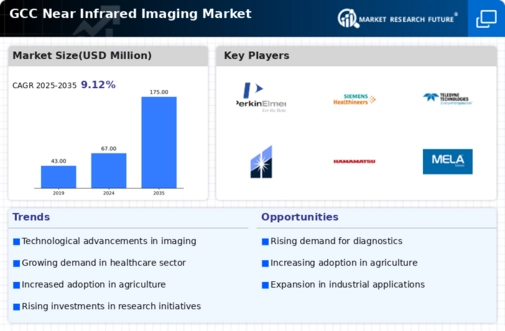
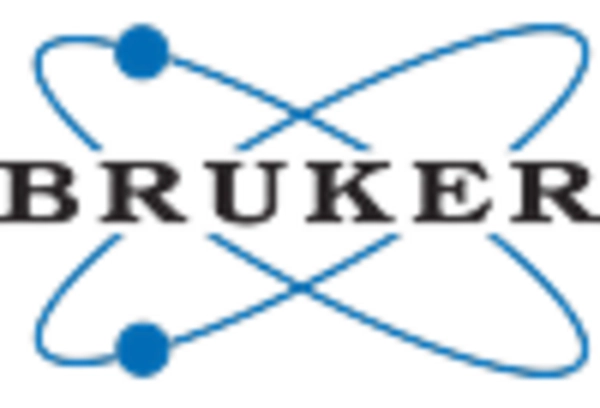
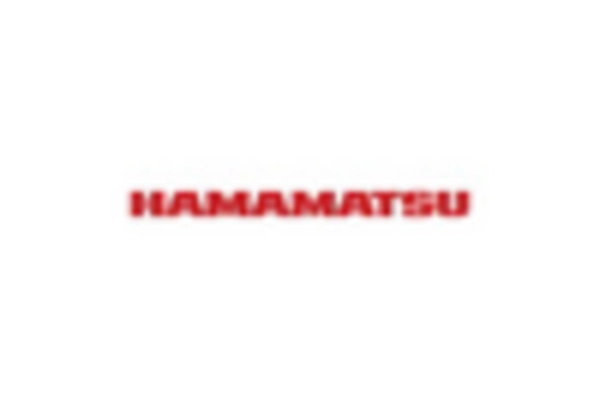
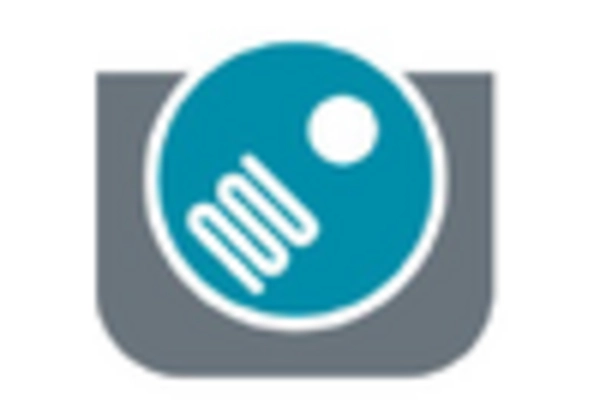
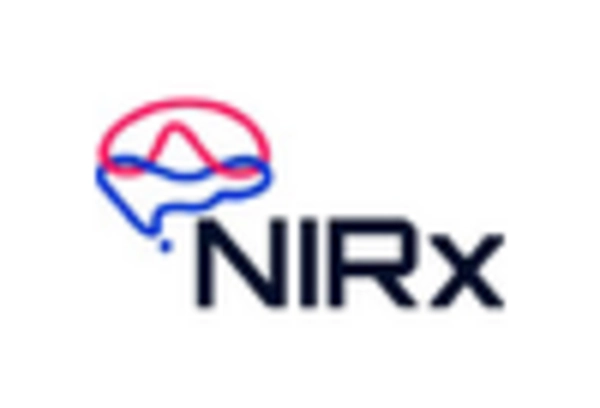
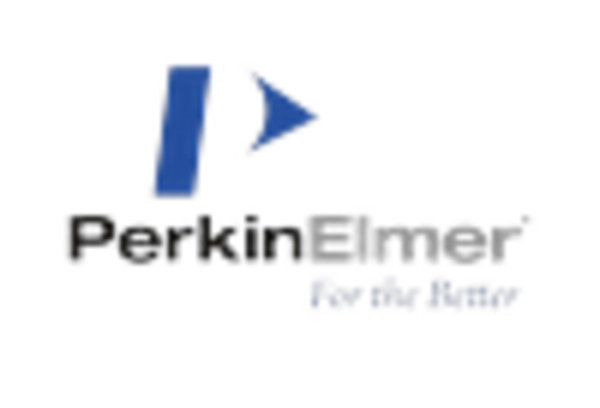
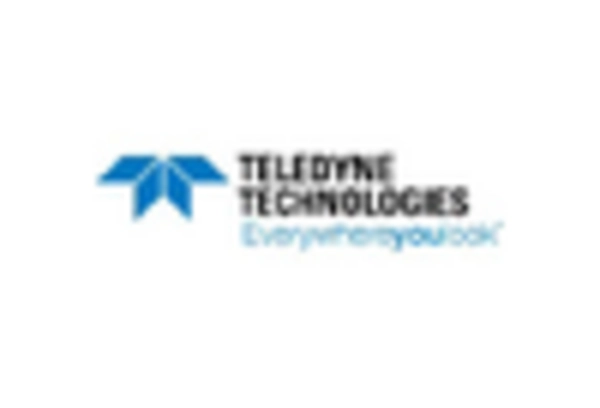








Leave a Comment